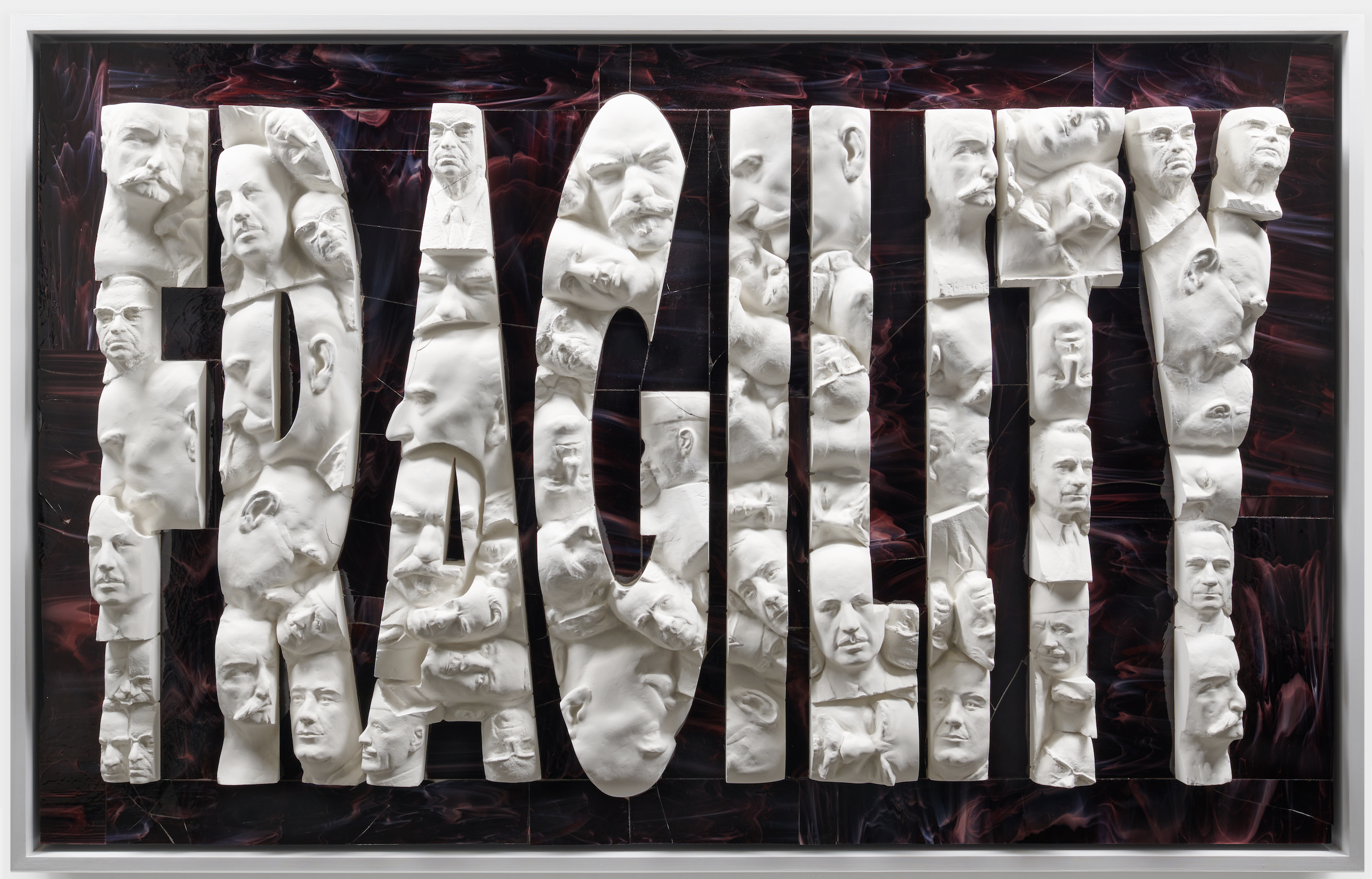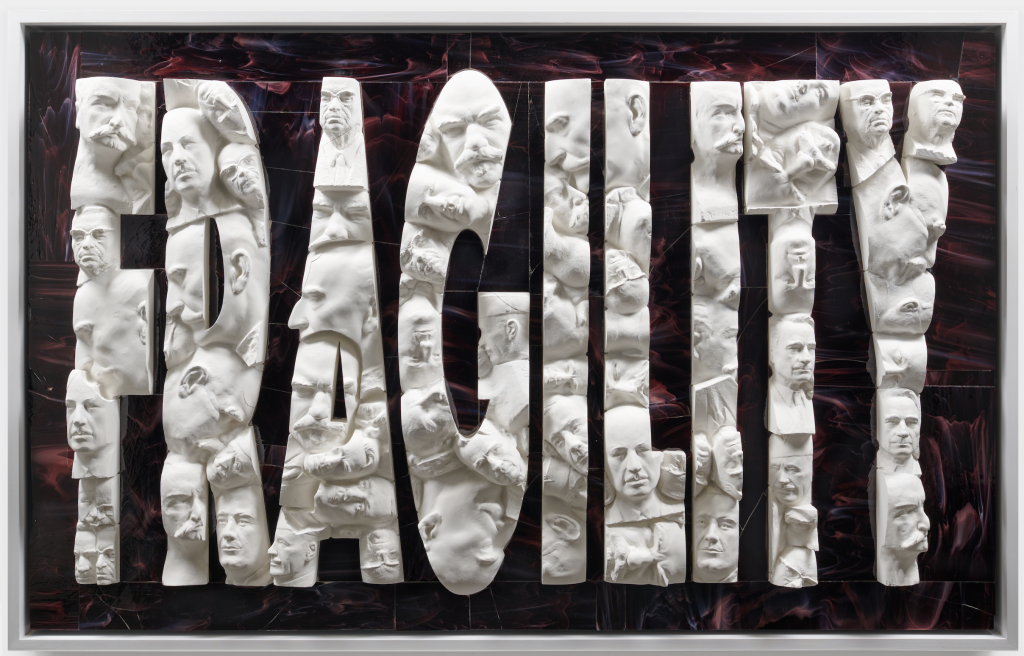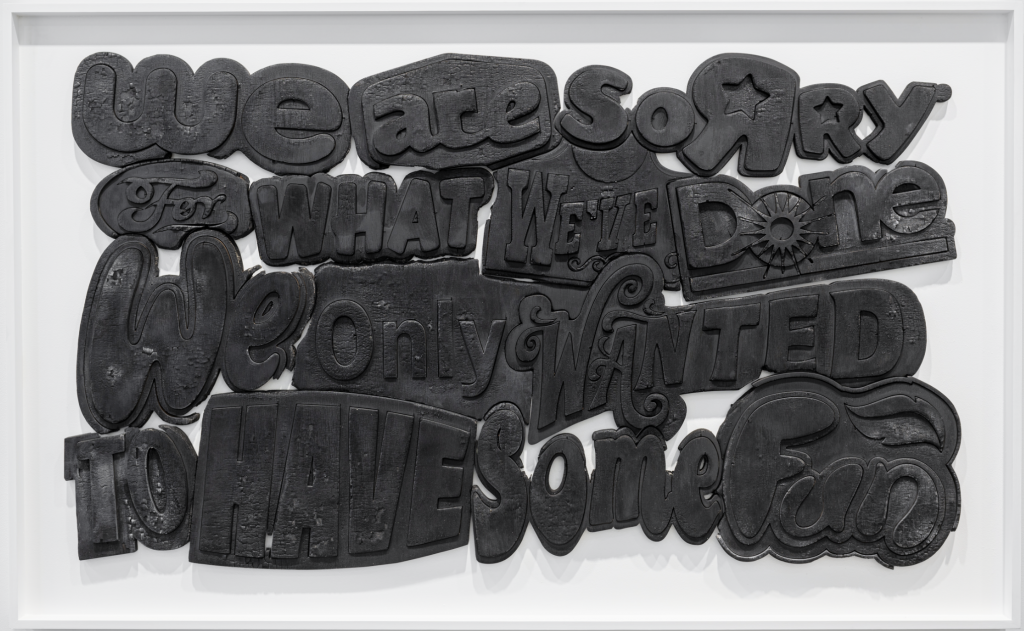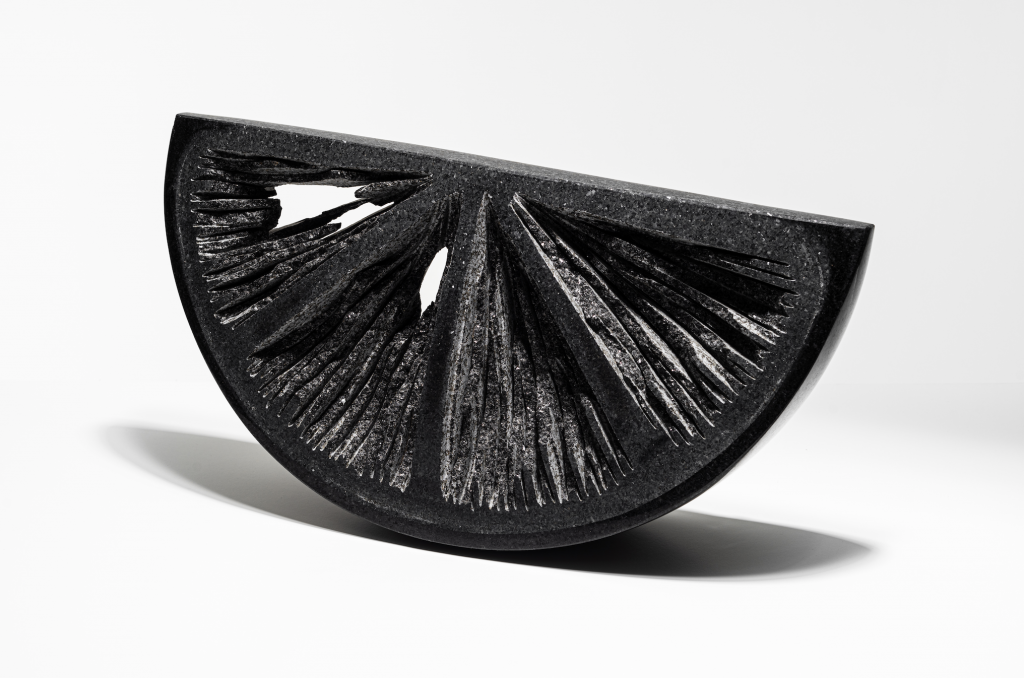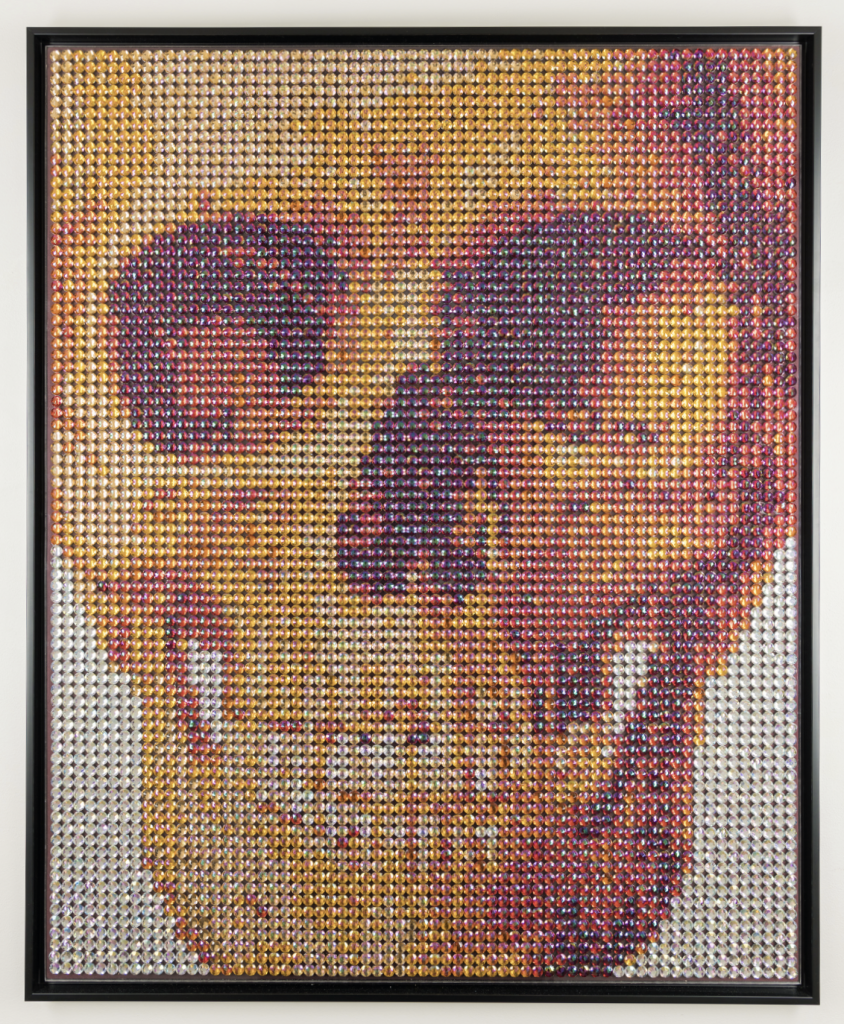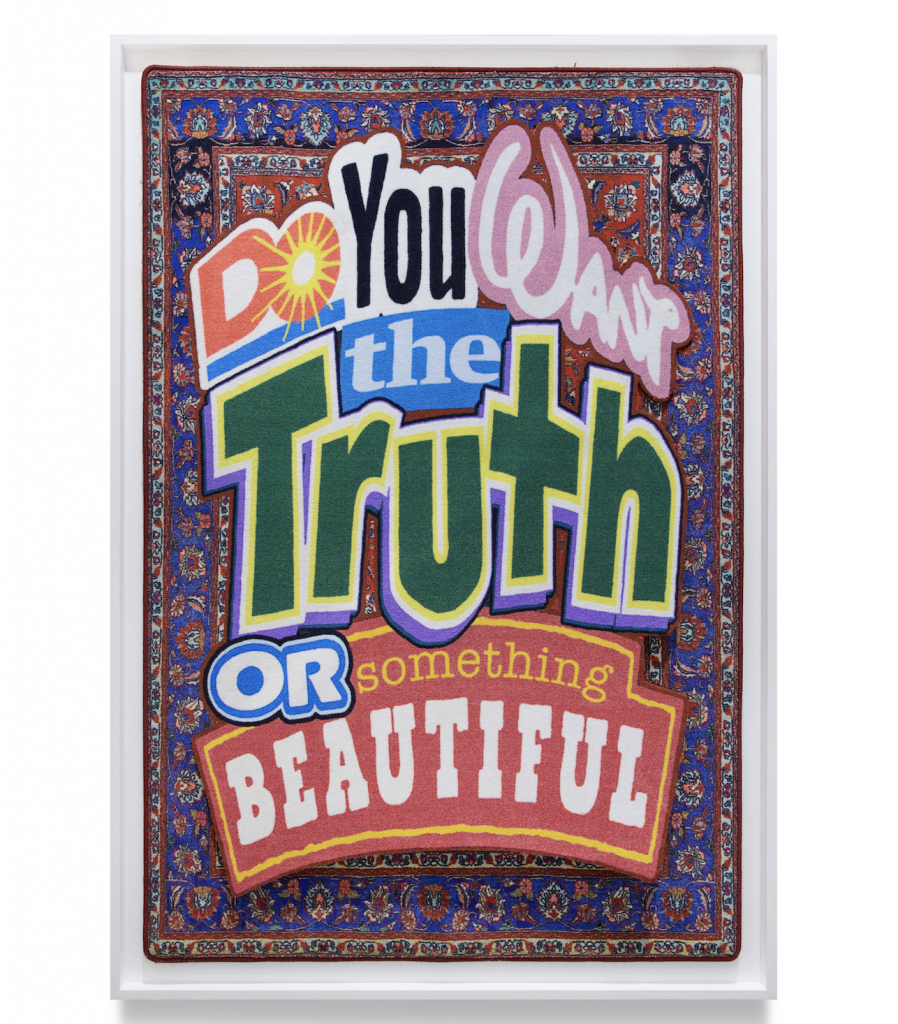“Why does something happen, rather than nothing?”
Jean-François Lyotard’s question of anything happening has become ever more pertinent. The question of why is unavoidable. Yet we have failed to answer it, far too long. We must argue not only for ourselves but for the world.
In the exhibition Fragility, a multitude of textures and surfaces explore the ground of uncertainty and the future we have destroyed for ourselves. Almost like a pathway through turbulence the works lead the viewer towards a growing discomfort. This discomfort is by no means an aesthetic one but loaded with awareness. Like a surge of texture, the exhibition portrays Fragility more as a question rather than an answer of its forms. Aaron Heino, Mari Keto and Jani Leinonen all negotiate something that may answer “Why does something happen, rather than nothing?” but remains for the viewer to decide.
As a sculptor, Aaron Heino positions himself observing everyday subject matters and their mundane details, while drawing meaning from organic shapes and natural phenomena. Heino’s A Natural feature (2018, Black granite) is a toxic deal. Yet again, Heino utilizes process-oriented treatments of his material, which gain an organic form. The classic material of black granite is strikingly delicate in depicting a slice of a citrus and its draining flesh. As if awaiting to be noticed its deceasing components, the citrus looks delicious in its sparkling detail. Heino’s sculpting is seemingly meticulous and impressive in its thoroughness. Combining something so weighty with something so delicate and juicy, grounds for impossibility but Heino succeeds in depicting the essence of the fruit, to the finest particle.
Working through symbols, iconographies and marketing strategies, Jani Leinonen invites us inside a deceptively ordinary material, wood turned – or should I say burned – into charcoal. Leinonen’s Sorry (2020, Burned wood) stares back at the viewer, remarkably black. The organic surface of the work is enchanting. It is still alive. The burned entity preserves in detail the features of the wood it once was, even highlighting them.Inside the artwork, the material exists simultaneously through its art historical references; both as a sculptural material and a drawing implement, scripting out a statement. By framing the charcoal, Leinonen proposes to view it like its molecular relatives, diamonds.
Leinonen’s connotations are manifold. While urging us to consider the global marketing tactics, he is suggesting something more acute. The practice of coal burning has, ever since the 18th century, had a significant role in the deforestation of central European landscapes. Accordingly, the escalating environmental crisis has its origins in the warming of the atmosphere, caused by ever increasing carbon emissions. Like so many of our everyday materials, charcoal has come to connotate crisis over progress.
While one cannot ignore the environmental references, Leinonen’s other works in the exhibition, Fragility (2020, handmade glass and plaster sculptured on wood) and Magic Carpet (2020 printed carpet), navigate his thinking into other prevailing directions. As repeatedly experienced, the time of a crisis has throughout the history prompted systematic destruction of relevant cultural artefacts, art, literature and anything significant depicting humanity. An ideological crime has provoked removal of statues portraying a position of prominence. Leinonen seems to participate in this political bewilderment by creating a mosaic of a president. A statesman in pieces among the pieces of their alikes. Written on a Magic Carpet, Leinonen asks us whether “You want the Truth or something Beautiful?” As if a truth was a possibility in the fragile, fragmented world of multiple truths. While negotiating the truth is historically philosophical, Leinonen positions it within the political. Again, asking of the not happening, Leinonen reminds us that our truths are individual.
Mari Keto builds her pop art aesthetics immaculately with jewelry material. Her works are composed of diamonds, crystals, pearls and stones. Keto’s Smile now Cry later (2020, Acrylic stones, mdf, silk) is a portrait of the decay. Something that even in its eyeful increases the discomfort brought forth at the exhibition’s entry space. We are about to fall from the edge of capitalism. The hypocrisy and absurdities of capitalism suggested by Leinonen, gets a crying crown jewel at Keto’s service. Yet again, interestingly, the skull connotations are manifold. As a motif, it spans cultures and histories. Whereas pre-Colombian American artists encrusted skulls with precious stones, Keto seems to impeach decadence, with her natural sense of irony, of course.
Understanding, or accepting even more so, the fragility of the human condition is inevitable. The poetics of future losses embodied by the works, and the fragility they suggest, is profound.
Quote: Jean-François Lyotard. Flash Art, #121, March 1985
Text by Aura Seikkula
